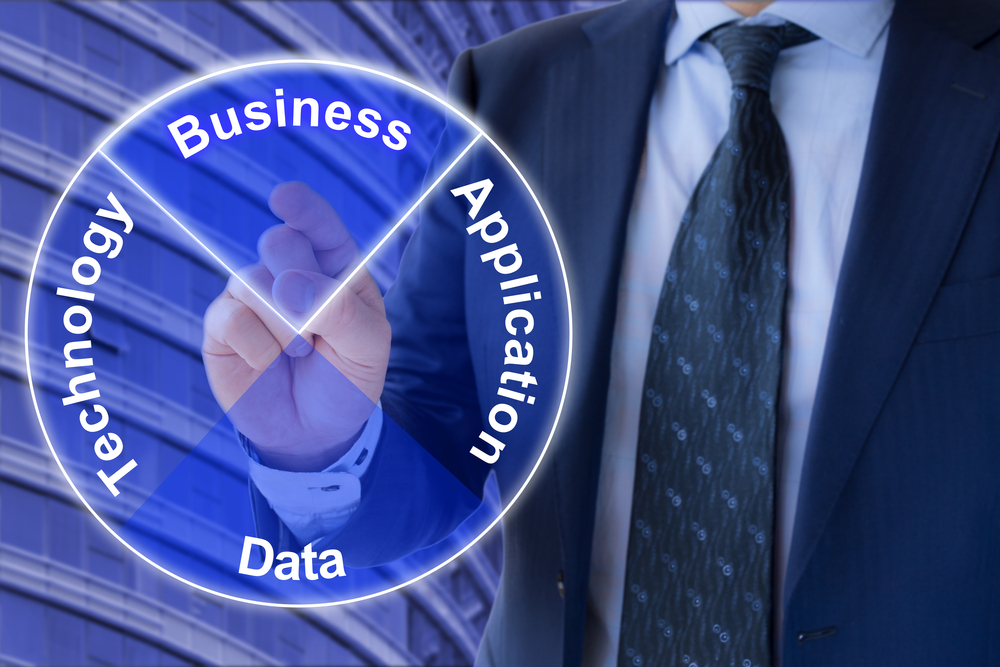
The information technology world is rapidly changing, resulting in diverse extensions and solutions. ERP Architecture wants to be the ideal tool for bringing all of a company’s operations together into a single system. But, It was created with ease of use in mind, as well as the capacity to scale the business as it expands.
ERP system solutions has progressed to the point that they now seek to fill as many gaps as possible, starting with financial applications and ending with human resource management.
There are a plethora of new ERP system from which to pick. As a result, business owners may find it challenging to identify the best option for their specific needs.
ERP for small business manufacturing can help you improve and optimize the majority of your business operations because it can be applied in various areas. It can be tailored to your company’s demands and your personal preferences. As a result, ERP has various models that regulate the following areas because it is not a full system:
The most advantageous consequence is the elimination of manual procedures, often known as business automation. As a result, It reduces the risk of human error and speeds up and smooths out actions.
Cloud-based ERP software eliminates virtual barriers between departments by requiring everyone on staff to use the same platform. Your employees will no longer be isolated: the system will provide an interface with critical actions and data, making it easier for co-workers to cooperate.
Erp Software For Small Business is now available to everybody, regardless of the size of their business. The cost of such applications is reduced because no local equipment is required. The cloud stores and updates all of your data, ensuring data security and regular upgrades.
ERP stands for enterprise resource planning system, and it is a modular application that includes capabilities for numerous business activities.
Management of the supply chain (SCM) enables staff to keep track of all chain supply activities. For example, planning the amount of material and calculating the commission is always necessary; product lifecycle management (PLM). This module may be useful for businesses that produce their goods. It optimizes the consumption of components and resources, starting with controlling the project’s design and quality and finishing with the expenses and spending; supplier relationship management (SRM).
The terrible reality is that providers might be dishonest or forgetful at times. Customer relationship management (CRM) allows you to schedule business meetings, calculate budgets, and bill suppliers (CRM). This module is one of the most crucial functions since it connects your marketing specialists with your customers; human resources.
This module will assist your HR department whether you have a medium-sized business, a large corporation, or plans to expand. It is tough to remember every employee in such a company.
The Finance module contains a database with all contact and salary information, as well as staff attendance and involvement. Because a machine is far more accurate than a human, it is the finest instrument for asset management, including all forms of arrears.
It also collects and analyses financial data from other modules and departments, as well as creates reports. As you can see, an ERP system is a crucial instrument for your company’s success. It handles various tasks, including supply, delivery, financing, and much more. You might find the platform useful at any stage of the product’s lifespan, from development to distribution.
The monolithic system and the postmodern system are the two basic ERP software architecture categories. The name already indicates which of the two types is the newer. However, newer does not always imply superiority. What are the key distinctions between the two systems?
New ERP systems that are monolithic have a single technology stack and supplier design. Above all, You must upgrade the system to improve it. It is not adaptable and cannot scale with the company’s expansion.
The postmodern style is adaptable and straightforward, and because it is simple to use, the system gear toward customers. Social media and a cloud are also part of the package.
It lacks tables and other complicated features previously utilized to scale earlier ERP packages. The postmodern option is more user-friendly and customer-focused.
The only reason you could still be skeptical now that we have gone over all ERP kinds and seen some successful examples is the expense. An ERP software solution is not inexpensive, but it is well worth the investment.
Autus Cyber Tech is always available to help you with technical questions or deciding which sort of ERP system integration to use. You can learn more about us by visiting our website. Let us work together to give your company a boost!